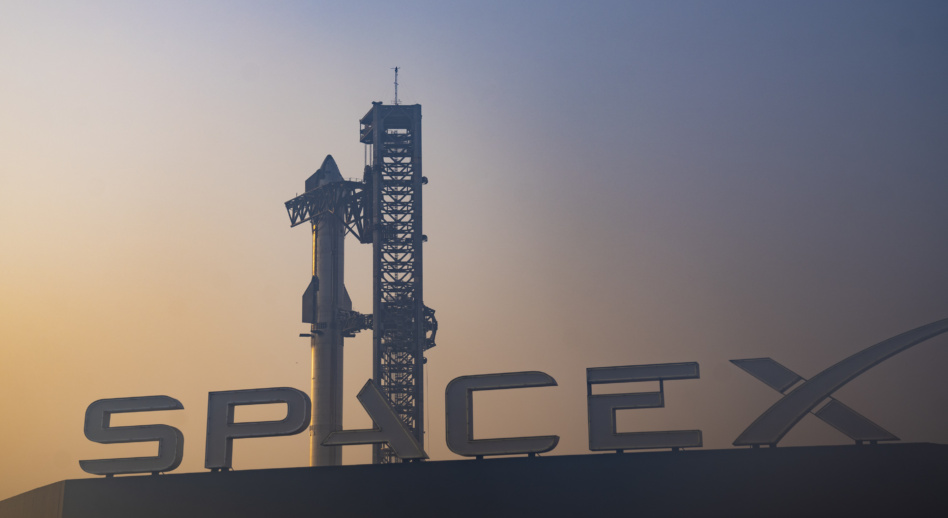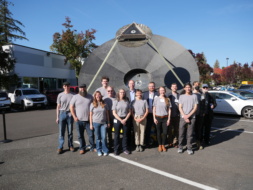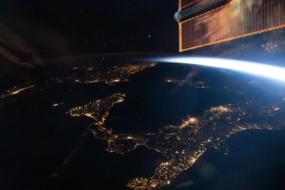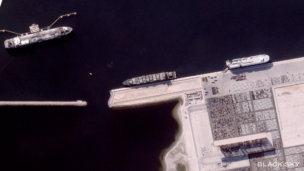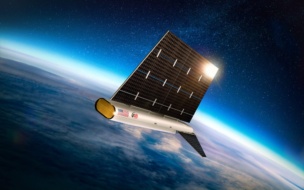Elon Musk wants out of California, and he’s threatening to take SpaceX with him.
The billionaire CEO tweeted last month that he would be moving SpaceX’s headquarters from Hawthorne, CA to Starbase, TX, calling a California law that banned schools from notifying parents if a student identifies as transgender “the last straw.”
It’s unclear what the announcement means for SpaceX’s employees in Southern California. SpaceX did not reply to Payload’s request for comment about the specifics of the HQ relocation plan.
However, community leaders and investors in the area are confident that no matter what SpaceX chooses to do, SoCal’s space industry isn’t going anywhere.
History lesson: While SpaceX has helped drive much of the growth in America’s commercial space industry since its founding in 2002, many in the area see SpaceX’s success as the product—not the cause—of Southern California’s strong aerospace industry.
“The activity has historically been driven by the presence of legacy industry, all the military installations, NASA, as well as the… sheer volume of engineering talent that comes out of the universities here. None of those things are shifting,” said Elizabeth Reynolds, the managing director of Starburst, an A&D startup accelerator with an office in LA.
Southern California was the epicenter of many of the space industry’s great leaps well before SpaceX’s arrival. The area built the Apollo spacecraft, all of NASA’s space shuttles, and America’s first GPS satellite. It was the founding site for the company that would become Lockheed Martin.
Over the years, Southern California has built up a significant amount of physical and human capital, from PhDs to hard tech manufacturing infrastructure, that simply can’t be replicated in a different state anytime soon.
“[SpaceX has] been able to thrive in that ecosystem that exists as a result of decades of investment in R&D,” said Tre Bradley, deputy director of supply chain development in the California Governor’s Office of Business and Economic Development. “We produce more aerospace engineers than any other state, and we’re home to two of the top three universities for aerospace engineering. We still retain 25% of the aerospace market in the US alone.”
SpaceX’s impact: As a first-mover in commercial launch, SpaceX receives a lot of credit for building up the space ecosystem in Southern California, where alums have moved on to found their own startups in the launch giant’s shadow.
“We have 400 plus startups in El Segundo, all around one arm’s length distance from space, whether it’s material science, whether it’s propulsion, or whether it’s on orbit or launch,” El Segundo’s Mayor Pro Tem Chris Pimentel told Payload. “I suspect there’s probably a few that don’t have one SpaceX veteran in them. There’s a few, but you [could] probably fit all those people in an elevator.”
The company’s focus on vertical integration—designing and manufacturing as much as possible in-house—means the company’s buying power has had little influence on the success or failure of the area’s space economy.
A much more influential driver has been defense primes’ willingness to subcontract work from startups in the area, and Space Systems Command’s $15B procurement budget, which it invests heavily in defense primes and space startups alike.
Under new management: SpaceX’s initial success in Southern California was built in part upon pre-existing infrastructure the company was able to take over. It’s infrastructure that growing companies in the area would be happy to take over if SpaceX were to pull out, officials predicted.
“The site that SpaceX is in now is a former Northrop site. So, there is no shortage of interest from players to find sites and buildings like that, with high bay doors and the cleaning rooms and lab rooms. These are really unique buildings,” Bradley said.
SpaceX has invested heavily to build up a presence in Starbase, TX, as the home of its Starship megarocket, and it’s turning the once deserted locale into a bustling company town.
Kathryn Lueders, the managing director of Starbase, announced on Tuesday the company’s plan to move an additional 300 engineers to the area, though it’s unclear whether these will be new hires or California transplants.
Even still, the SpaceX facility in Hawthorne, CA, which covers 1M square feet and is located a stone’s-throw away from a major metropolitan area, will remain a big draw for new talent. Not to mention the long list of other aerospace companies hiring aggressively in the area.
“If SpaceX leaves, I’m sure there will be lots of great talent who won’t want to move to Texas, who will be available to other companies, and that will be one positive externality of the decision,” Techstars LA Managing Director Matt Kozlov said.
History repeats: This isn’t the first time Musk has threatened to abandon California. In 2021, following a dispute over COVID lockdowns and capacity issues at Tesla’s Fremont, CA, facility, he announced that the automaker would be moving its headquarters from California to Texas. While the move was a boon for investment in Texas, it didn’t shrink the company’s footprint in California.
Tesla has since expanded its production facility in Fremont, opened up a megafactory in Lathrop, CA, and relocated its global engineering and AI R&D teams to Palo Alto.
And there’s already evidence that SpaceX plans to further increase its footprint in California, despite threatening to move the HQ.
The California Coastal Commission recently approved growing the annual number of Falcon 9 launches from Vandenberg Air Force base from six to 36. SpaceXwill also expand their rocket recovery facility at the Port of Long Beach from six acres to 15.
Correction: This story originally misattributed a quote about the engineering talent in Southern California. The quote came from Elizabeth Reynolds, the managing director of Starburst.
